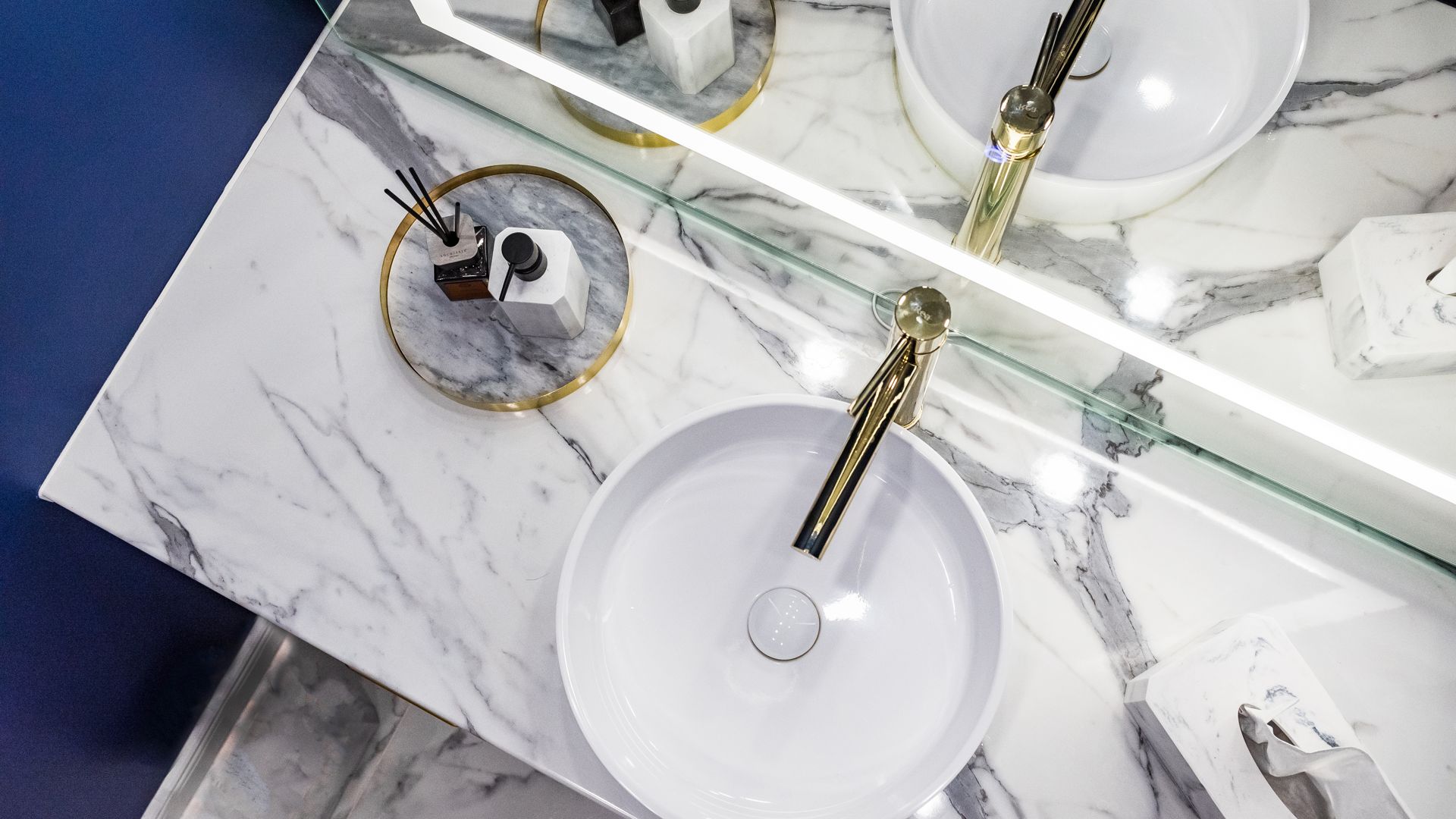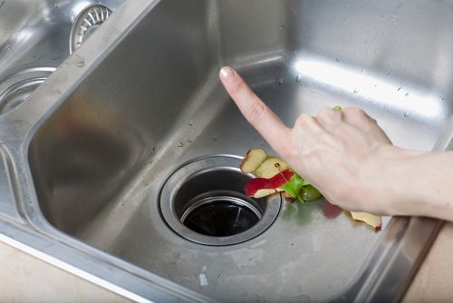Unless you drop something you shouldn’t into the garbage disposal, people rarely think about them. Someone may or may not use it when washing the dishes, but units do come in useful when disposing of dinner scraps. Because of this general lack of interest, most people might have strange, and incorrect, beliefs about how their systems work. Here are a few myths you may not have known about.
1. Garbage Disposals Don’t Have Blades
When people think about the loud noises coming from the drain, they probably imagine a whirlwind of sharp blades working to reduce food particles into tiny bits. But, garbage disposals don’t actually have blades. Most units use shredding teeth, which are circles of plastic or metal containing a row of very sharp metal rectangles. These circles spin at high speeds, and organic matter thrown into them dissolves quickly.
2. You Can’t Sharpen a Garbage Disposal
Some people have heard that flinging ice into their garbage disposal can help sharpen the blades, but, as we’ve learned, units have shredding teeth. You can’t sharpen those implements, but you can make your system work more efficiently by cleaning it. Using baking soda, vinegar, hot water, ice, rock salt, and lemon or lime will clean and freshen up your garbage disposal, freeing it from smelly grime and debris.
3. You Can Throw Any Food in There
It can be a pain to get rid of meal remnants if the dishes are already in the sink. Many opt for scraping leftovers into the drain, believing the mechanism is robust enough to dispose of most foods. However, this isn’t the case. A good rule of thumb for garbage disposals is:
If you can’t chew it, neither can the unit.
Think about bones and tendons that could be scraped into the drain. The average person can’t chew a bone into smaller parts. He or she might be able to snap it into splinters, but it won’t help them digest it any easier. Most will avoid swallowing bones for the same reason they should avoid throwing those same parts down the sink: they’re hard to digest.
Fibrous food, such as asparagus, corn husks, and celery is also difficult for people to chew. Threads of celery can easily lodge between teeth, just as they can lodge in the shredding teeth of the garbage disposal. You will likely cause issues with your system if you toss a significant amount of fibrous material into the drain, particularly if the fibers build up over time.
4. You Should Run Hot Water When Using the Garbage Disposal
Some individuals believe hot water helps the unit dispose of food byproducts. However, one reason you should use cold over hot is that sometimes grease and fat can end up in the sink. You should avoid throwing fats and oils into the shredding teeth at all. Hot water allows the substance to liquefy, making it easy to enter the nooks and crannies of the garbage disposal and pipes. When the fat solidifies, it can clog both the unit and the pipes beneath. Instead of dumping grease into the sink, let it cool in a glass jar and scrape the fat into the trash once it reaches room temperature.
Prompt Garbage Disposal Service in the Greater LA Area
If you’re having problems with your garbage disposal, contact an experienced Los Angeles plumber at H.L. Moe Co., Inc to fix it. Our plumbers offer 24/7 plumbing service, so call us at (818) 396-8002 if you need an experienced technician.

